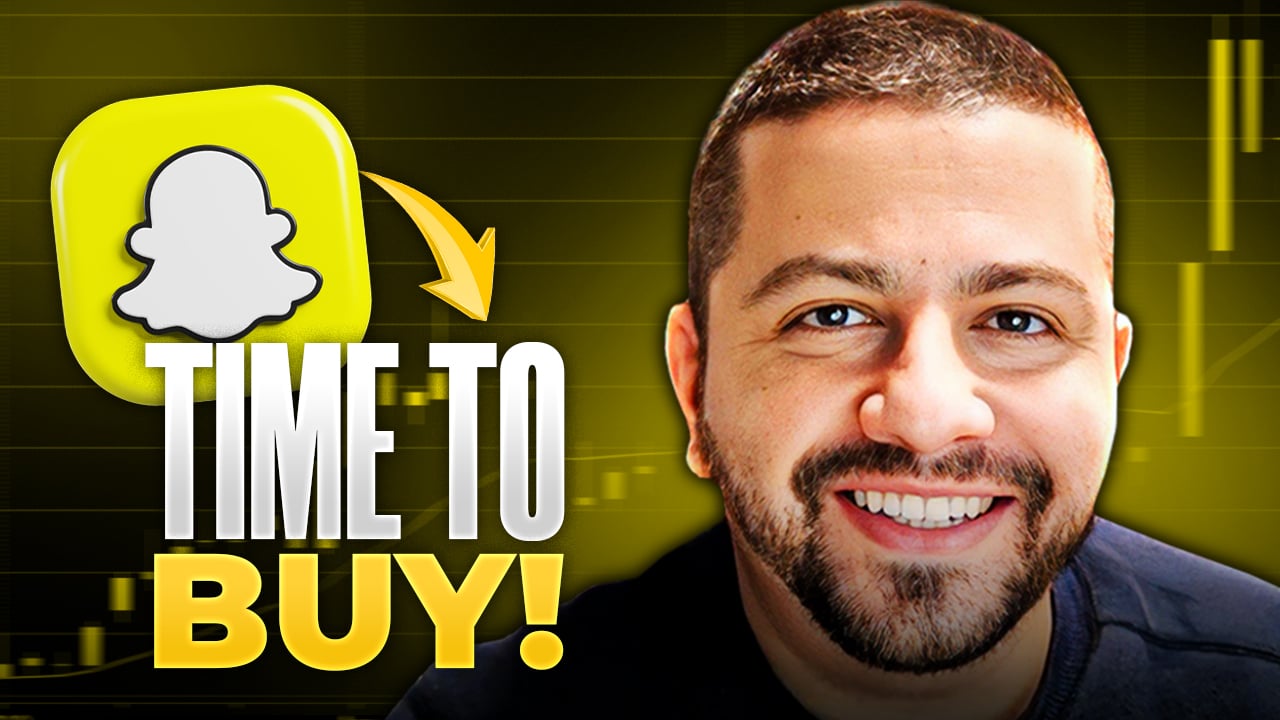This quarter, Snap (SNAP 1.13%) reported a massive increase in research and development spending and head count. And while it's making some progress in its augmented reality (AR) offerings, how can such a comparatively small company compete with the likes of Apple and Facebook in tech development?
In this clip from Industry Focus: Tech, analyst Dylan Lewis and senior tech specialist Evan Niu explain what investors know about Snap's AR programs, and what it could mean for the company's growth. Also, the two discuss some uninspiring updates in Snap's Spectacles business.
A full transcript follows the video.
This video was recorded on Aug. 11, 2017.
Dylan Lewis: Evan, I know two things that really surprised you this quarter were increases in headcount and the big commitment the company is making to R&D spend. Why don't we spend a little bit of time talking about that?
Evan Niu: Looking at the income statement, the line item that jumped out to me the most was R&D expense, which jumped from a year ago, it was $36 million. Now we jumped to $255 million. That's a quarter of $1 billion that they're spending on R&D. Now, the majority of that is stock-based compensation, about $160 million of it, but that's a massive increase. All of these operating expenses jumped by a lot, I think for several factors, one being that the stock is now public. So, whatever RSUs are vesting during the quarter are now vesting at much higher prices, so the stock-based compensation just kind of naturally jumps up based on what the market is doing compared to what they were at when they were private, a year ago. So, that partially explains it.
Then, you also have the headcount increases that you mentioned. R&D headcount increased by 190%. Sales increased by 160%. G&A, general and administrative, increased by 110%. So, they're hiring at a crazy rate, which is obviously going to drive up costs, too. But then, you have to say, what are they actually getting out of these expenditures? They made a couple acquisitions during the quarter, but those were mostly paid for in cash, so stock-based comp doesn't play into there. But I don't think they have a lot to show for it. Your R&D headcount is tripling, and what features have you unveiled other than a dancing hot dog?
Lewis: The dancing hot dog! [laughs] I can't believe I listened to a conference call where the dancing hot dog came up multiple times. I never expected that to happen in my time covering tech stocks.
Niu: That's a $250 million hot dog.
Lewis: I will put it to our man behind the glass, Austin Morgan, who occasionally uses Snapchat, like myself. Austin, have you done anything with the dancing hot dog? Is the dancing hot dog enough for you to interact with Snap?
Austin Morgan: I have not done anything with the dancing hot dog. But, as someone who does video, for them to so easily put it in a place and track the hot dog to stay in the place with the video moving, it's pretty impressive.
Niu: But would you pay $250 million for it?
Morgan: No I would not. But, with drone footage, I can use the high-end programs like the Adobe Suite, and motion-track text into my footage. But that takes a long time, and it's really hard to do.
Lewis: So, what you're saying is, on the technical side, what Snap is doing what the dancing hot dog is very impressive.
Morgan: It is, I think.
Lewis: I think that's the lost on a lot of Snap's users.
Morgan: Absolutely. Most people are like, "Oh, look, this hot dog, you can put it on this table." But when I turn around, it stays on the table. That's pretty hard to do. I wouldn't pay $250 million for it, but.
Niu: I think, in the bigger scheme of augmented reality, which is ultimately what that hot dog is all about, Snap has made their name for these live video filters that are basically augmented reality. All the sudden in the past year, you have Facebook and Apple jumping in and being like, "We're going to really take over this space." So, as impressive from a technical perspective what Snap is doing for a small company, I think they're going to get overwhelmed and crushed by much larger companies. Facebook and Apple jumping in directly into augmented reality in a big way, how do you compete with that when you're Snap?...
Lewis: It's tough, because it seems like in a lot of spaces that they're going to be trying to make money in, mainly AR and digital ad spend, they're going to be going up against titans. You have Facebook and Google on the digital ad side, you have Apple and everybody else in AR. One place that they have seemed to be able to carve out their own niche is with their Spectacles business. The camera sunglasses? Camera glasses -- I guess, is the best way to describe them -- help capture Snaps for their platform. We got a little update on what's going on with them.
Niu: Yeah. They said they had about $5.4 million in Spectacles revenue, which was about 3% of total revenue, and if you divide it out by the retail price, it implies roughly 42,000 units. Which, again, that's like a rounding error when you're talking on the scale of these DAUs that we've been talking about. Forty-two thousand units, and you have 170 million people using your platform? Who cares? And they're putting all this effort into becoming a "camera company," and their only camera hardware product is a rounding error on their financials. [laughs] So, it's just more evidence in my mind that Spectacles is kind of a waste of time and energy. As we've talked about on previous shows, they don't actually make money on these things.
Lewis: Yeah. It seems to me like it's largely been a marketing and branding tool, something that has built awareness about Snap. It was very artfully done, the launches, I will say, dropping those vending machines in these remote locations and on city blocks and just having people line up and creating a ton of buzz. The problem is, you can't sustain that forever. You have to start selling them as a real product.
Niu: And no one wants them. [laughs]
Lewis: Yeah, it's a niche product that not a lot of people use. So, it's kind of tough to know what the staying power of that is. There are rumors that they're doing other things on the camera side, possibly with some drones or things like that. Maybe that's where some of that R&D spend is going. Like we mentioned before, the company really doesn't offer up much in the way of guidance.






